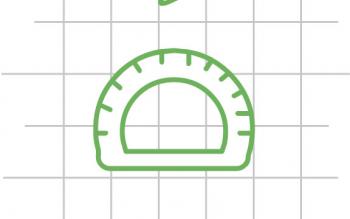Lead paragraph
A service blueprint is a design tool introduced to designers in the 1980s by G. Lynn Shostack. It describes the nature and the touchpoints and the style of service interaction in such detail that evaluation, implementation and operating the service is possible.
PREPARATION: up to 30 minutes
DESIGN PHASE: Creation
DURATION: 60 minutes
TEMPLATE OR GUIDELINES: Service Blueprint template
FACILITATORS: 1 per workshop
RESOURCES: Pens, Post-its, a large sheet of paper or whiteboard
PARTICIPANTS: 3–30, design team, partners, community members, etc.
EXPECTED OUTCOME: Processes data
As a graphical tool, service blueprints displays the process functions above and below the line of visibility to the user: all the touchpoints and the back-stage processes are documented and aligned to the user experience.
STEPS
1.START:
State the selected “How Might We” statement or a sub-focus area of it.
2.IDENTIFY:
Based on your HMW statement or the focus of what you are interested in, define the criteria and select the suitable participants.
3.PREPARE:
Organize a meeting with the selected participants, and gather the necessary resources and supplies. Print enough Service Blueprint sheets in A3 or bigger, or draw a large one on a whiteboard. Think about what expectations will be set up-front, how you will start and end the workshop, and how much time participants are expected to dedicate to this activity.
4.CONDUCT:
A service blueprint is always constructed from the user’s perspective. Ask each participant or groups of participants to fill the Service Blueprint template, which includes:
1. Physical Evidence: Tangible elements associated with each step that has the potential to influence user perceptions of the service encounter e.g. uniforms, delivery boxes
2. User Actions: The steps that users take as part of the service delivery process.
3. Front-stage (Visible Contact Employee) Actions: Steps taken by contact employees as part of the face-to-face service encounter. The ’line of visibility’ separates the front-stage and back-stage actions.
4. Back-stage (Invisible Contact Employee) Actions: Non-visible steps taken by contact employees behind the line of visibility. e.g. taking a hotel or restaurant reservation by telephone.
5. Support Processes: Activities carried out by employees who are not contact employees, but whose actions are required for the service to be delivered.
5.ANALYZE DATA:
Discuss the results and write up the key outcomes from this exercise.

